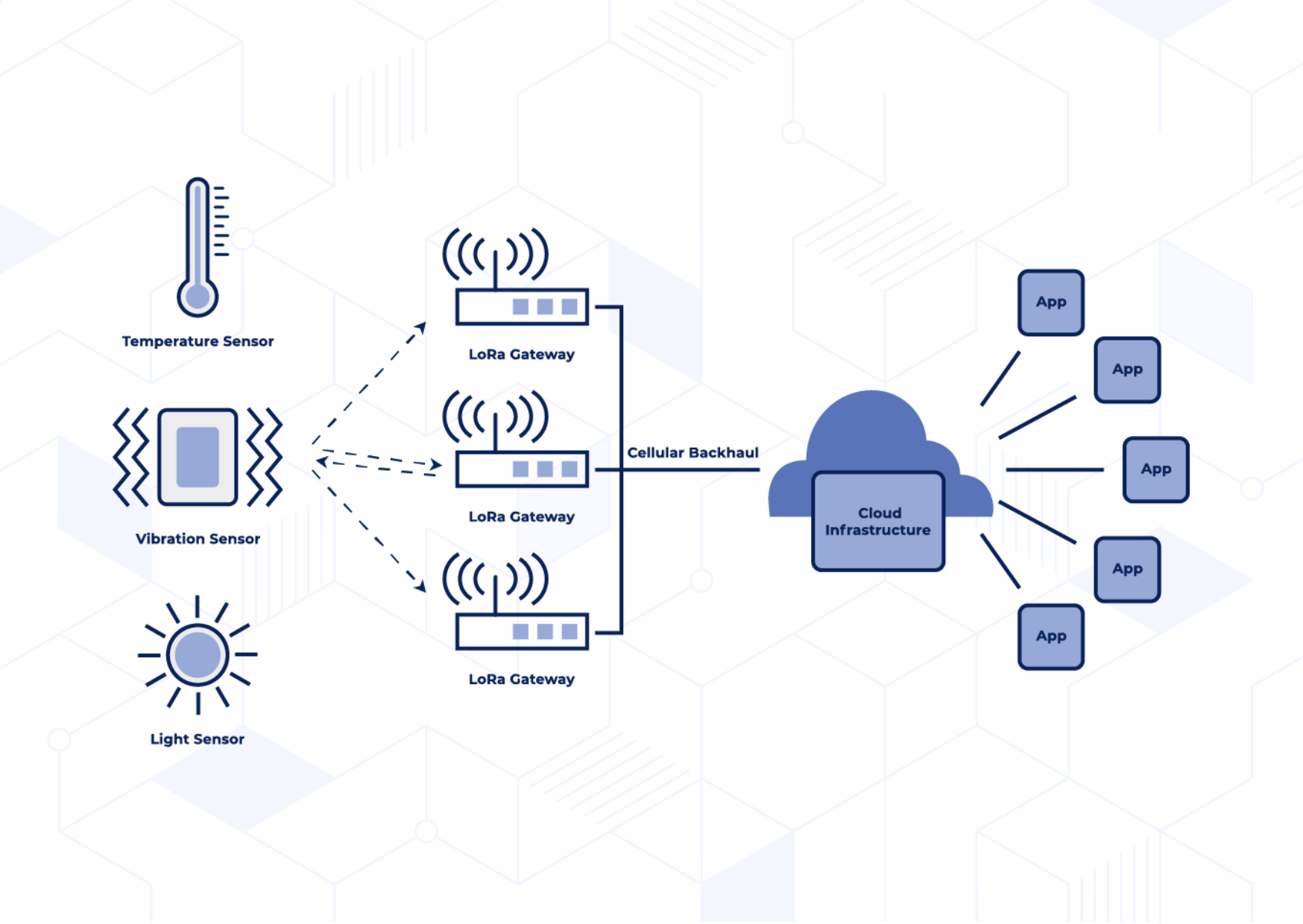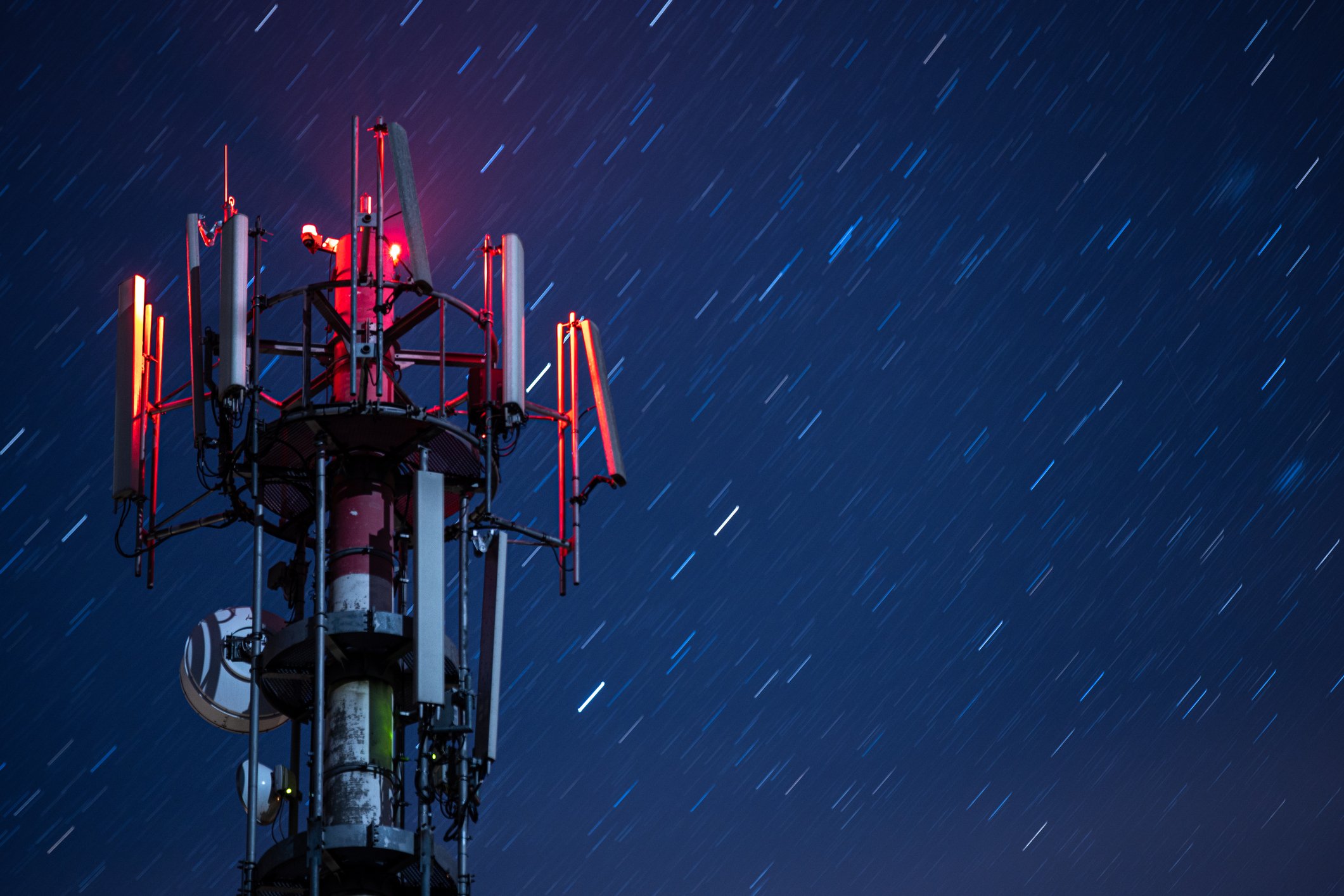
- December 2025 (1)
- November 2025 (2)
- October 2025 (3)
- September 2025 (3)
- August 2025 (3)
- July 2025 (2)
- June 2025 (3)
- May 2025 (3)
- April 2025 (3)
- March 2025 (2)
- February 2025 (1)
- December 2024 (2)
- November 2024 (1)
- August 2024 (2)
- June 2024 (3)
- May 2024 (3)
- April 2024 (1)
- March 2024 (3)
- February 2024 (2)
- January 2024 (2)
- December 2023 (1)
- November 2023 (2)
- October 2023 (2)
- September 2023 (1)
- August 2023 (1)
- July 2023 (2)
- June 2023 (3)
- May 2023 (2)
- March 2023 (4)
- January 2023 (2)
- November 2022 (2)
- September 2022 (1)
- August 2022 (2)
- July 2022 (2)
- June 2022 (1)
- May 2022 (1)
- April 2022 (3)
- March 2022 (1)
- February 2022 (3)
- January 2022 (2)
- December 2021 (1)
- November 2021 (1)
- October 2021 (2)
- September 2021 (3)
- August 2021 (1)
- July 2021 (3)
- May 2021 (2)
- April 2021 (2)
- March 2021 (2)
- February 2021 (3)
- January 2021 (3)
- December 2020 (1)
- October 2020 (1)
- August 2020 (1)
- August 2019 (1)
- January 2019 (2)
- September 2018 (5)
- June 2018 (1)
- November 2017 (1)
- September 2017 (1)
- July 2017 (1)
- May 2017 (1)
- January 2017 (1)
- October 2016 (2)
- August 2016 (1)
- July 2016 (1)
- June 2016 (1)
Subscribe by email
In the absence of point-to-point IoT connectivity such as a camera with a built-in cellular model, sensor-equipped devices have no way to transmit the data collected directly to the cloud. They need a bridge, or a gateway, to repackage the data and connect to the cloud. A gateway collects sensor data and sends it securely to the cloud for further processing and analysis. The collected data is foundational for countless applications, from optimizing factory operations to improving agricultural yields. In the following sections, we'll explore the functionalities, benefits, and pivotal role of gateways in your IoT deployments.
What is an IoT gateway?
An IoT gateway links devices and the cloud by transmitting data from sensors to the cloud for further analysis and action. In many cases, sensors lack the inherent capability to transmit this information directly to the cloud. Without the intermediary role of a gateway to relay and streamline this data flow, the full potential of these sensor networks to offer meaningful insights remains untapped.
Not all IoT devices require a gateway. Devices with built-in cellular connectivity can communicate directly with the cloud. However, networks that use protocols like LoRaWAN, prioritizing low power consumption and long range over high bandwidth, require a gateway to bridge the communication gap between the devices and the cloud.
Key gateway functionalities
Establishing cloud connectivity
The gateway acts as a bridge, facilitating connection with many sensor devices through various communication protocols (like cellular, Wi-Fi, or Bluetooth). The gateway enables devices to transmit data to the cloud for storage, analysis, and action and facilitates communication between interconnected devices for real-time data exchange.
Data filtering and preprocessing
Sensors can generate a significant amount of data. Gateways can act as the first line of defense, filtering out irrelevant data or performing basic calculations at the "edge" of the network. This reduces the volume of data that needs to be transmitted to the cloud, minimizing bandwidth consumption and costs. Additionally, preprocessed data can be easier for the cloud platform to analyze, leading to faster and more efficient insights.
Learn more: Edge Computing vs. Cloud Computing
Secure data transmission
Gateways implement security measures, including data encryption, to safeguard against unauthorized access and data breaches and ensure data integrity and confidentiality.
Local data caching
Gateways can act as local storage, caching data when offline and automatically uploading it when a connection is re-established.
Protocol translation
Gateways convert data from various sensor protocols into a format the cloud platform can understand. This eliminates compatibility headaches and ensures smooth data flow within your network.
Where does a gateway fit in the IoT architecture?
The IoT architecture is a layered system, with each layer handling specific tasks in the data flow. An IoT gateway typically resides within the network layer, acting as a central hub for data collection and transmission.
However, gateways that perform edge computing also overlap with the data processing layer. With some gateways, preliminary data analysis and processing happen at the "edge" of the network or closer to the data source (the sensors). Preprocessing involves filtering out irrelevant data or performing basic calculations to reduce the overall volume of data transmitted to the cloud.
You may also like: 7 Exciting Edge Computing Use Cases
How does an IoT gateway work?
1. Receives information from sensors/devices
First, the IoT gateway receives data from sensor-equipped devices dispersed within its range.
2. Translates protocols
The gateway then acts as a translator, interpreting each sensor's specific communication protocol. It converts this data into a standardized format that the cloud platform can understand.
3. Preprocesses data at the edge
Some gateways perform edge computing at this stage. This includes analyzing, filtering, and aggregating data locally before transmitting it to the cloud. By processing data at the edge, the gateway reduces latency and minimizes the transmission of irrelevant information, thereby conserving network resources.
4. Transmits data to the cloud
The gateway encrypts the data using secure protocols before transmitting it to the cloud platform. This safeguards sensitive information as it travels across the network. The cloud platform further analyzes, visualizes, and stores the data used to generate actionable insights or trigger automated actions.
5. Receives information back from the cloud
Finally, in some instances, the IoT gateway receives real-time updates, configurations, and insights back from the cloud.
IoT gateway security
Sensor data can be highly sensitive and needs protection as it travels between devices and the cloud. Gateways protect valuable information using encryption protocols to scramble data during transmission and render it unreadable to anyone who intercepts it. They also use authentication to verify the legitimacy of both the sending and receiving devices so that only authorized devices can communicate on the network.
Additionally, some gateways can identify and remove sensitive information during preprocessing before it’s transmitted to the cloud. Many gateways also come equipped with additional layers of defense, like built-in firewalls and intrusion detection systems, to protect your network further.
When selecting a gateway manufacturer, ensure their security protocols align with your needs. Look for a gateway that supports the encryption and authentication standards essential for your deployment.
You may also like: Top-Rated IoT Gateway Companies
Essential components of an IoT gateway
An IoT gateway involves a complex ecosystem of components working together to ensure seamless communication within your network.
- Hardware: Hardware components include the gateway itself, modules, and microprocessors. These hardware elements provide the foundation for processing and transmitting data.
- Operating system: The gateway relies on an operating system to manage its operations and interface with connected devices and cloud services.
- Protocols: Communication protocols facilitate data exchange between the gateway and connected devices. The gateway must support various communication standards (Zigbee, Bluetooth, Wi-Fi) to ensure compatibility with various devices and networks.
- Firmware Over-The-Air (FOTA): FOTA capabilities enable the gateway to receive firmware updates remotely, keeping it up-to-date with the latest security patches and feature enhancements. FOTA is essential for maintaining the gateway's security and performance over time.
- Security: Security features, including encryption and authentication, are integral to the gateway's design.
- Device management: The gateway provides comprehensive device management capabilities, allowing administrators to configure settings, monitor device status, and troubleshoot issues remotely. These management features streamline the deployment and maintenance of IoT deployments.
- Sensor stack: To interface with connected sensors and devices, the gateway incorporates a sensor stack that enables seamless data acquisition and processing.
- Hardware abstraction: The hardware abstraction layer separates the hardware from the software so they can be developed and updated separately.
- Cloud connectivity: The cloud connectivity layer provides a secure connection from the device to the cloud.
- Data management: Data management functionalities include filtering, storage, and processing capabilities.
- Custom application: Finally, the gateway supports custom applications tailored for specific business requirements.
Benefits of an IoT gateway
Reduced bandwidth usage
When gateways perform preprocessing tasks at the edge of the network, they optimize bandwidth usage by transmitting only relevant data to the cloud. This reduction in data transmission minimizes network congestion and latency, resulting in smoother and more efficient data exchange.
Faster response times
With its ability to process data locally, the IoT gateway facilitates faster response times to critical events and triggers. By analyzing and acting on data in real-time at the edge of the network, the gateway enables swift decision-making and responsiveness, enhancing overall system agility.
Lower power consumption
The IoT gateway's edge processing capabilities contribute to lower power consumption by reducing the need for constant data transmission to the cloud. By processing data locally and transmitting only essential information, the gateway minimizes energy consumption, prolonging device battery life and reducing operational costs.
Improved security
The gateway ensures that data remains confidential and protected against unauthorized access and cyber threats through encryption, authentication, and access control mechanisms.
Offline processing
In scenarios where internet connectivity is intermittent or unavailable, the IoT gateway's ability to perform offline processing becomes invaluable. The gateway ensures uninterrupted operation and data integrity by locally caching and processing data during network downtime, even in challenging environments.
Power IoT gateways with Zipit’s cellular connectivity
Gateways equipped with Zipit's cellular backhaul capabilities can securely transmit data to cloud-based services from any location with cellular coverage. Whether your devices are deployed in remote areas or challenging environments, gateways powered by Zipit's cellular backhaul ensure uninterrupted operation and enhanced reliability.
Zipit customer use cases:
- Device Solutions leverages Zipit's cellular connectivity to monitor school refrigeration systems, enhancing food safety, reducing waste, and simplifying regulatory compliance.
- HeatSiecker leverages Zipit's cellular connectivity to deploy a livestock monitoring solution based on heat detection, revolutionizing smart farming and livestock management practices.
- Smardii leverages Zipit's cellular connectivity to monitor adult diapers, improving the quality of eldercare and ensuring timely assistance for seniors in healthcare facilities.
With Zipit's IoT connectivity platform, you can track the number of sensors deployed in your IoT architecture for optimal performance and efficiency. Our platform also includes automated subscription billing so that you can monetize sensor data for new revenue streams and business opportunities.
In scenarios requiring wireless failover, like point-of-sale solutions, Zipit offers Wi-Fi to cellular gateway solutions. This architecture provides seamless connectivity backup, ensuring uninterrupted operations and enhanced reliability for mission-critical applications.
Connect with us to discover how Zipit can provide reliable connectivity for your sensor-based solutions.
You may also like:
Related Content
The latest IoT insights and platform updates from Zipit.
As billions of connected devices continue to shape modern life, IoT manufacturers ...
The Internet of Things (IoT) is transforming how businesses operate, compete, and ...
IoT asset tracking unlocks real-time awareness, predictive power, and operational ...


